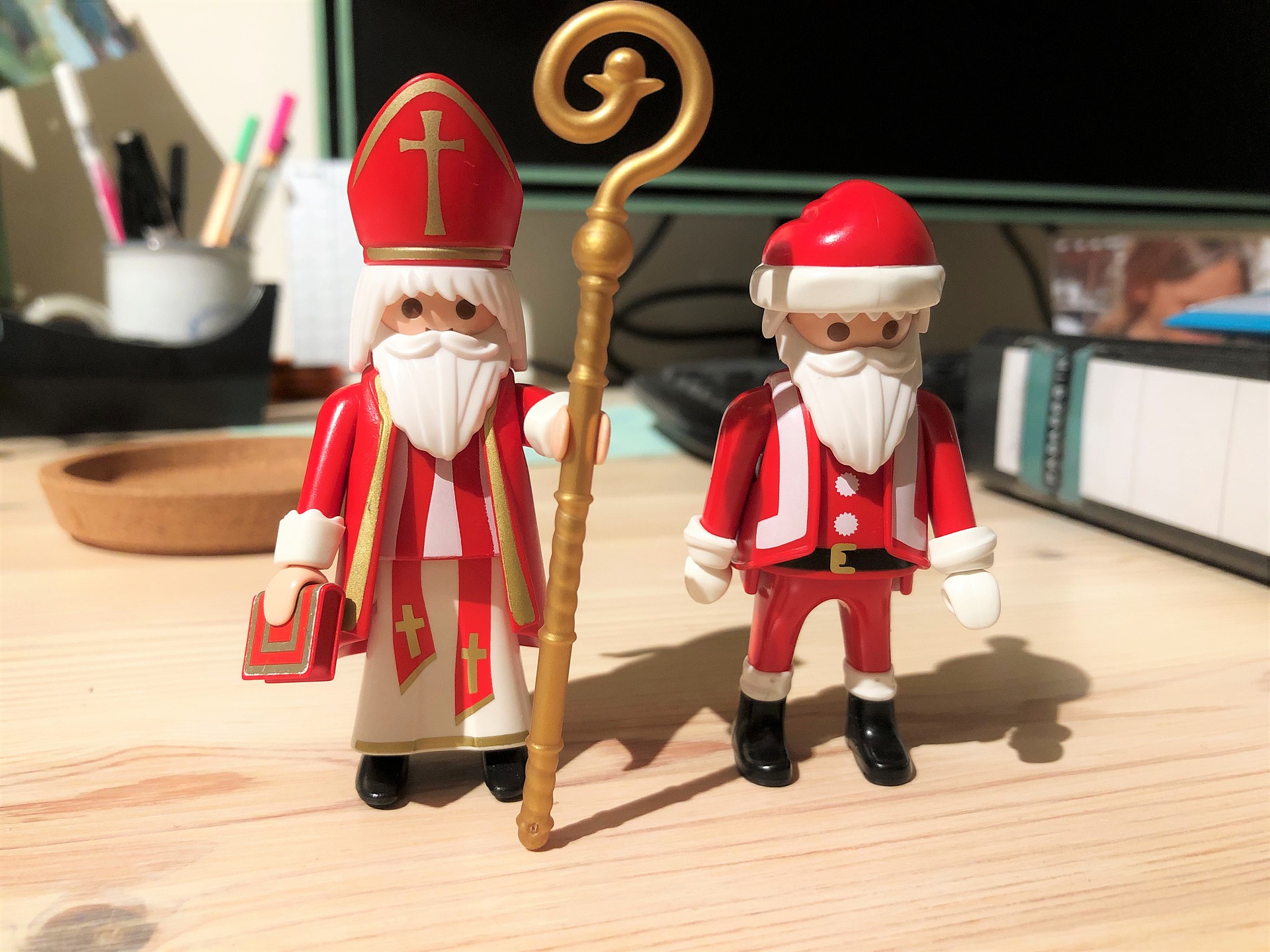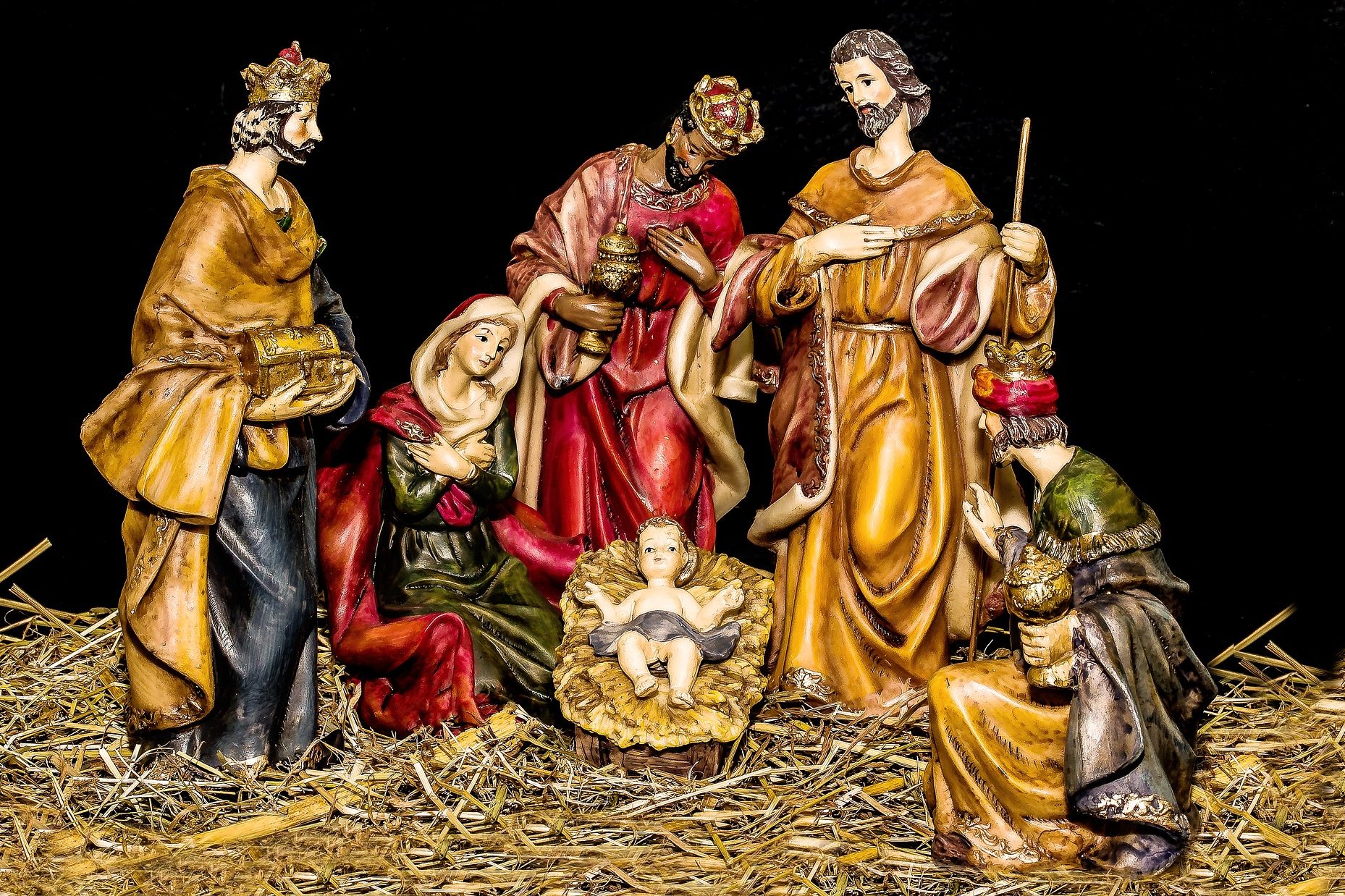One Christmas day some years ago, as my family gathered around the Christmas tree, my granddaughter looked up at me and asked, “Grandpa, do you believe in Santa Claus?” Without hesitation, I answered, “Yes … Of course I do!”
I lied to her. I really didn’t believe in Santa Claus. But I shrugged off my guilty feeling by placing Santa Claus on a par with the Easter Bunny or the Tooth Fairy. “So what’s the harm?” I asked myself. “In time kids will grow up realizing that Santa Claus does not exist.” I looked at it as a kind of kids’ rite of passage, so to speak: Once they learn the adults’ secret, they become members of an exclusive club which excludes children younger than themselves, those who still believe in Santa Claus.
So, what else was I supposed to do? At that time, my knowledge of Santa Claus didn’t go beyond the poetic narration of “The Night Before Christmas.” Did you really expect me to believe that some fat guy in a red suit is going to fly around the world in a sleigh pulled by a bunch of reindeer? Give me a break!
My mind was just about made up when I heard something that piqued my curiosity. It had something to do with grave robbers and St. Nicholas. “What?” I asked myself, “Grave robbers and St. Nicholas?” Hmm! Now, that’s what I call interesting! No one would expect St. Nicholas and grave robbers to be linked to the same story. So how did the legend come about?
The search for an answer was not easy, since I discovered numerous arguments regarding the existence as well as the non-existence of Santa Claus or St. Nicholas. Although the legend of St. Nicholas began in the fourth century, it was an incident that occurred in the eleventh century that got my attention. Therefore, I will begin at the end of the story, in the year … 1082. It was then that a bunch of Italian grave-robbing sailors removed the body of St. Nicholas from its place of internment in Myra, Asia Minor, which is known today as Turkey.
At that time, Myra had been conquered by Muslims. Some saw it as an opportunity to move the saint’s relics to a more hospitable location. During the planning stage, there was great controversy between Venice and Bari regarding the appropriate resting place for the Bishop. However, the city of Bari was chosen because, according to legend, Bishop Nicholas had once passed Bari on his way to Rome and was so taken with its beauty that he chose it to be the site for his burial. Therefore, in compliance with the bishop’s wishes, the body was transported to Bari, in the region of Apulia, Italy where a cathedral was built in his name.
The death of St. Nicholas had been quite sad. He died in prison on December 6, 350 AD. Many mourned his death: Sailors, migrants and various travelers told and retold tales of Bishop Nicholas throughout Europe.
But why was the Bishop in prison? Well, as the story goes, Bishop Nicholas displeased Emperor Diocletian by speaking out about issues which the emperor did not want mentioned. There were many things within the emperor’s government with which Nicholas disagreed and he made his opinions known. As a result of his outspokenness, Bishop Nicholas was banished from Myra. He was never alone, however, for wherever he traveled his reputation as a man of integrity and courage preceded him and he was praised by everyone including the Pope.
At long last, Bishop Nicholas returned to Myra. Once he set foot on the land, he was immediately arrested and thrown into prison where he remained until his death. Accounts vary as to whether or not Bishop Nicholas had achieved sainthood. Some say that Nicholas was made a saint by the church, but others dispute this contention, saying that Nicholas was never officially canonized. They argue that this was not a common practice in the early church. In those days his devoted followers simply spread the word of his righteousness, creating an even larger following and venerating him as the “people’s saint,” a kind of sainthood by popular demand.
Nicholas was a bishop known for his generosity and kindness to children. One of the more well known stories tells of a father who had three daughters. They were so poor, they were about to lose their home. The three young daughters decided to turn to prostitution to save their father from financial ruin and to keep their home. When Bishop Nicholas learned of their predicament, he visited their home and left three stockings, each containing a gold piece within. It has been said that this act began a tradition of hanging Christmas stockings and stuffing them with gifts.
He became known as the patron saint of sailors, children, travelers, unmarried girls, bakers, weavers and many more in countries around the world.
So how did St. Nicholas become Santa Claus and how is he connected with Christmas gift-giving? It seems that a poem known as “A Visit from St. Nicholas,” also known as “T’Was The Night Before Christmas,” was published anonymously in 1823. Some give credit for the poem to Clement Clark Moore who is said to have created it while riding in a horse and carriage through the snowy streets of New York City. When he arrived home, he wrote it down for his children. There are others who claim that it was written by Henry Livingston Jr. But notwithstanding its authorship, the poem is probably responsible for some of the concepts we have of St. Nicholas which included a description of his physical stature, his method of transportation, the sack of toys on his back, and the night of his visit. Prior to this poem, ideas about St. Nicholas varied considerably.
But how did the kindly, plump old man with a white beard and a red suit, become the familiar Santa Claus we know him to be today? Certainly not from the Poem. In the poem, there is no mention of a red suit, nor is he referred to as Santa Claus: It reads in part:
“The stockings were hung by the chimney with care, In hopes that St. Nicholas soon would be there.”
So how did Saint Nicholas become Santa Claus?
To be continued …






























